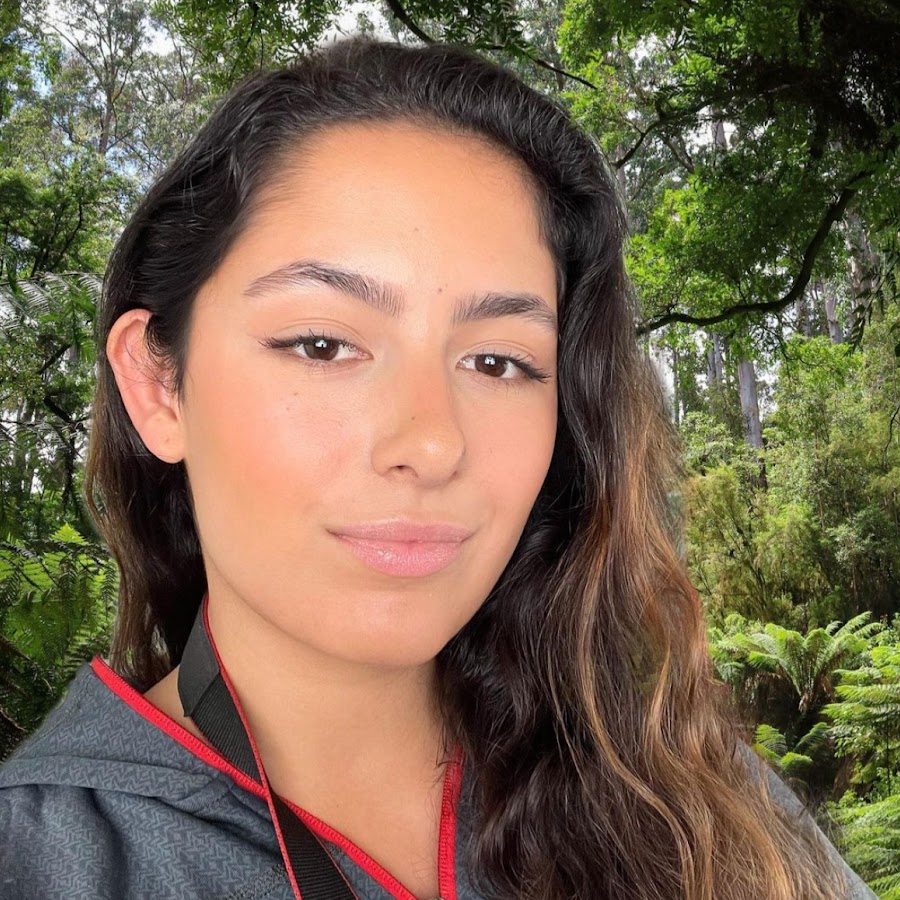Tissue banking stands as a silent hero in modern medicine, influencing various realms of healthcare and facilitating life-transformative surgical procedures. Ashlee Morgan explores the multifaceted significance of tissue banks, shedding light on their essential functions and contributions across diverse fields of medicine.
Corridors of Healing: The Role of Tissue Banks in Healthcare
Tissue banks act as a pivotal link, connecting generous donors with individuals in need of life-saving and life-enhancing surgical interventions. Their impact resonates across several medical disciplines, including orthopedics, ophthalmology, oncology, plastic and reconstructive surgery, and burn care.
Orthopedics
In the realm of orthopedic medicine, tissue banking has emerged as a game-changer, offering innovative solutions for injuries to bones, cartilage, tendons, and ligaments. Allografts, sourced from donors, play a crucial role in procedures such as spinal fusions, joint replacements, bone tumor surgeries, and ligament repairs. These allografts enable patients to regain mobility and enhance their overall quality of life.
Ophthalmology
Tissue banks significantly impact vision restoration, particularly among individuals with corneal blindness. By providing healthily preserved corneas for transplantation, tissue banks empower surgeons to restore sight in patients facing the prospect of permanent blindness. This transformative intervention brings renewed hope and functionality to those affected by vision impairment.
Burn Care
In the challenging field of burn care, tissue banks provide a lifeline for survivors of critical burns. Skin sourced from tissue banks serves as a temporary covering or graft, alleviating inflammation, reducing the risk of infections, and providing comfort. This temporary solution buys precious time for the implementation of long-term treatment strategies, contributing to the holistic care of burn patients Ashlee Morgan.
Cancer Treatment
Tissue banking plays a vital role in oncological surgeries, where the removal of tumors often involves sacrificing a significant amount of healthy tissue. Specialized tissue banks or bone banks provide grafts that aid in reconstructing the affected areas following cancer surgeries. This not only supports the physical recovery of patients but also contributes to restoring their overall well-being.
Nurturing the Circle of Life: Cultural and Ethical Sensitivities
Beyond its medical impact, tissue banking carries cultural and ethical significance by promoting altruistic tissue donation. Tissue banks actively foster a culture of giving, where the act of donation becomes a powerful force for compassion within healthcare. This circle of life, where one person’s generosity profoundly impacts or saves another’s, creates a community of shared responsibility and empathy.
In conclusion, tissue banking is a cornerstone in healthcare, touching lives across various medical domains. Ashlee Morgan exploration highlights the indispensable role of tissue banks in advancing patient care, fostering hope, and nurturing a culture of altruism within the realm of modern medicine.



